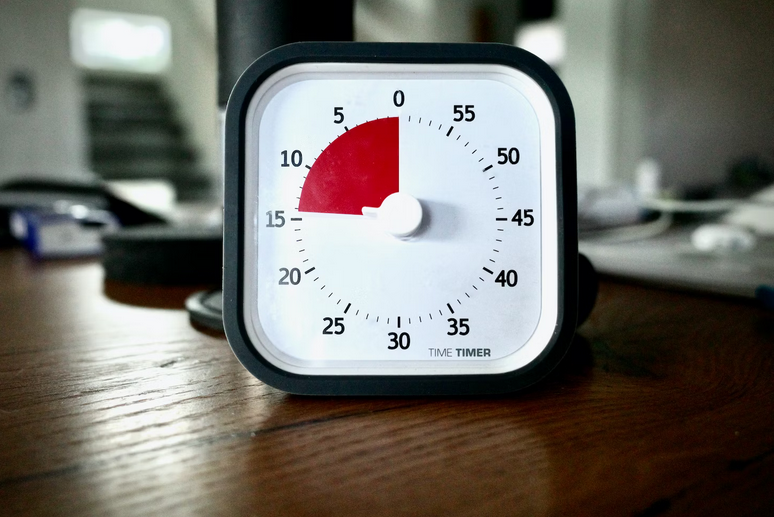Counting and accurately tracking numbers is essential in various industries and applications. Whether managing inventory, monitoring production output, or conducting experiments in a laboratory, having reliable digital counters like Omron Counters can significantly enhance your efficiency. With technological advancements, digital counters have become more versatile and user-friendly.
In this blog post, we will explore some tips to help you make the best choice regarding maximizing efficiency with digital counters.
Purpose
When choosing a digital counter, the first step is determining its purpose. What specific task or function do you need the counter to perform? This will help you narrow your options and find a counter tailored to your needs.
For example, if you work in a manufacturing setting where accurate production counting is crucial, look for a digital counter with high-speed counting capabilities. These counters can rapidly process large quantities of items, allowing you to keep up with fast-paced production lines. On the other hand, if you require precise measurements in a laboratory environment, opt for a digital counter with advanced features such as decimal point accuracy and programmable settings. Another aspect to consider is whether the digital counter needs to be portable or stationary.
Counting Speed

Counting speed is a crucial factor to consider when choosing a digital counter for your specific needs. The ability to accurately and quickly calculate items or events can significantly enhance efficiency in various industries, from manufacturing to retail.
When selecting a digital counter based on counting speed, it’s essential to assess your specific needs and choose a model that provides the desired level of performance. Consider factors such as the maximum count rate supported by the counter and whether it offers adjustable counting speeds to accommodate different scenarios.
Display Type
Different displays are available for digital counters, each with advantages. One commonly used display type is the LED (Light Emitting Diode) display. LED displays offer excellent visibility, even from a distance or under varying lighting conditions. They are energy-efficient and have a long lifespan, making them a reliable choice for many applications. Another popular option is the LCD (Liquid Crystal Display) display. LCDs provide sharp and crisp visuals with high contrast ratios. They consume less power than LED displays and can be easily customized to show specific data or symbols.
For more advanced applications that require complex data visualization, some digital counters come equipped with touchscreen displays. These interactive screens make navigating menus, inputting data, and accessing additional features more accessible. The choice of display type depends on your specific needs and preferences.
